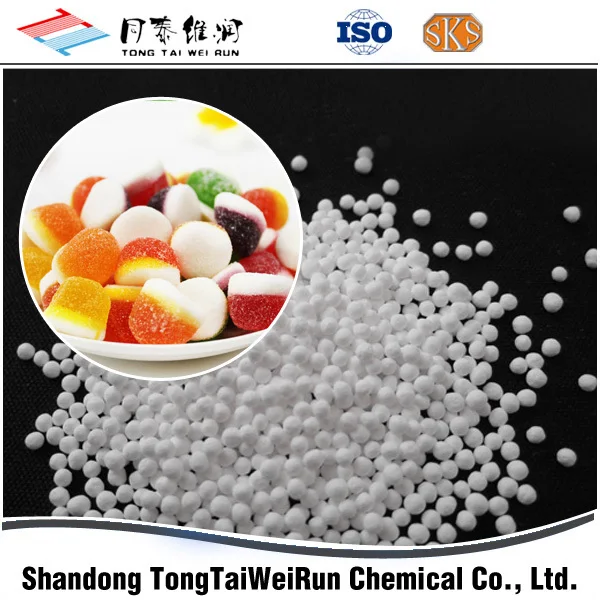
However, KEY TERMSĪcid -A substance that produces hydrogen ions when placed in an aqueous solution.Īntimicrobial -A material that inhibits the growth of microorganisms that cause food to spoil. Some toxicity testing has shown sodium benzoate to be poisonous at certain concentrations. The crystals are isolated by evaporating off the water. The resulting chemical reaction produces sodium benzoate and water. One way this is done is by dissolving the acid in a sodium hydroxide-solution. In all cases, the benzoic acid is further refined to produce sodium benzoate. Benzotrichloride is formed by the reaction of chlorine and toluene. In a third method, benzotrichloride is hydrolyzed and then treated with a mineral acid to give benzoic acid. In a second method, toluene is mixed with nitric acid and oxidized to produce benzoic acid. This is decarboxylated to yield benzoic acid. In one method, naphthalene is oxidized with vanadium pentoxide to give phthalic anhydride. There are three methods for the commercial preparation of sodium benzoate. The antimicrobial effect is also enhanced by the presence of sodium chloride. Overall, it is more effective as the pH of a system is reduced with the optimal functional range between pH 2.5 to 4.0. Benzoic acid is highly toxic to microbes, however, it is less effective against molds. It works by dissociating in the system and producing benzoic acid. Sodium benzoate is an antimicrobial active against most yeast and bacterial strains. It is also formed by most vertebrates during metabolism.

Benzoic acid is a weak organic acid that contains a carboxyl group, and occurs naturally in some foods, including cranberries, prunes, cinnamon, and cloves. When placed in water, sodium benzoate dissociates to form sodium ions and benzoic acid ions.

In contrast, benzoic acid has a significantly lower water solubility profile. Approximately 1.75 oz (50 g) will readily dissolve in 3 fl oz (100 ml) of water. During use, it is mixed dry in bulk liquids where it promptly dissolves. Sodium benzoate is supplied as a white powder or flake. It melts when over 570 ☏ (300 ☌), and it does not have a boiling point. Sodium benzoate has a density of 1.44 g/cm 3.

Sodium benzoate has antimicrobial characteristics, and is typically used as a preservative in food products. In its refined form, sodium benzoate is a white, odorless compound that has a sweet, astringent taste, and is soluble in water. Sodium benzoate can be made by chemically combining sodium hydroxide with benzoic acid. It is an aromatic compound denoted by the chemical formula C 7H 5NaO 2 with a molecular weight of 144.11. Sodium benzoate, sometimes also called benzoate of soda, is the sodium salt of benzoic acid.


 0 kommentar(er)
0 kommentar(er)
